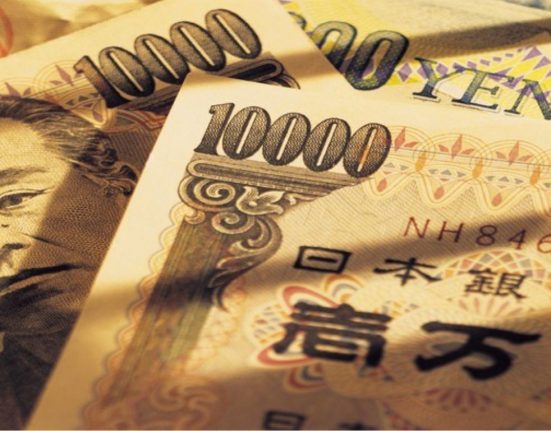The US dollar has been on a rollercoaster ride in recent months as inflation concerns have weighed on investors’ minds. The latest data from the US Bureau of Economic Analysis has added to the uncertainty over the Fed’s rate-hike path, causing some intraday selling around the USD/JPY pair.
The Personal Consumption Expenditures (PCE) Price Index, which is a measure of inflation, decelerated to a 5% year-on-year rate in February from 5.3% in the previous month. This was in line with market expectations, but it still indicates that inflation is running above the Federal Reserve’s target of 2%.
Adding to the uncertainty, the Core PCE Price Index – the Fed’s preferred inflation gauge – unexpectedly edged lower to a 4.6% year-on-year rate from 4.7% in January. This is a sign that inflation may be starting to cool, but it is still well above the Fed’s target.
The Fed has been closely watching inflation data as it considers when to start raising interest rates. Higher interest rates tend to support a currency as they make it more attractive to investors seeking higher yields. However, if the Fed raises rates too quickly, it could choke off the economic recovery and hurt the US dollar.
Investors are now unsure about the Fed’s rate-hike path, which has caused some intraday selling around the USD/JPY pair. The uncertainty has also led to increased volatility in the currency markets, with the US dollar slipping against a basket of currencies.
The US dollar index, which measures the value of the dollar against a basket of six major currencies, fell 0.4% to 92.25. Meanwhile, the euro rose 0.4% to $1.1814 and the Japanese yen rose 0.5% to 109.41 yen per dollar.
Despite the recent volatility in the currency markets, some analysts remain bullish on the US dollar. They argue that the US economy is recovering strongly from the pandemic and that the Fed will eventually have to raise interest rates to prevent inflation from spiraling out of control.
However, other analysts are more cautious. They point to the high levels of government debt in the US and the potential for geopolitical risks to weigh on the US dollar. They also note that other central banks, such as the European Central Bank and the Bank of Japan, are unlikely to raise interest rates anytime soon, which could put pressure on the US dollar.
In conclusion, the latest inflation data from the US Bureau of Economic Analysis has added to the uncertainty over the Fed’s rate-hike path, causing some intraday selling around the USD/JPY pair. The Fed’s decision on when to start raising interest rates will be crucial for the US dollar in the coming months, and investors will be closely watching inflation data and economic indicators for clues about the central bank’s intentions.










